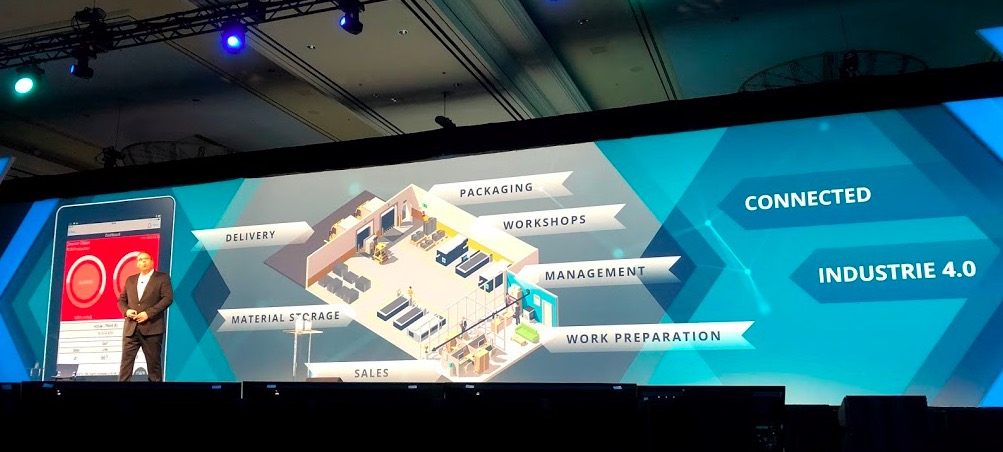
I’m learning this week from Hexagon in their Hexagon Live event in Las Vegas. The main big topic on the agenda is digital transformation is not surprising. How to get rid of old paper processes and move into digital future – who doesn’t want that? But, as I outlined in my yesterday blog, not all industrial companies will make it safe into digital future.
Today, I was attending PPM keynote, speaking about Hexagon Project and Operations software.

As I was going into the topic, the following thing struck me as very interesting observations. Core ideas and elements of lifecycle, information availability and challenges presented can be very much matched with a traditional aspects of product lifecycle in manufacturing company. And in some situations it is exactly the same.
I collected five common characteristics that will help you see Hexagon PPM walks, looks and talks like PLM. But it is not… But let me start first from these 5 common characteristics.
1- Silos
The most interesting thing is to see siloed information. Design, planning, procurement, construction, finance… As you can see, information is not centralized and distributed between multiple stockholders. Very typical in every manufacturing enterprise, the same problem is here.

2- Downstream information availability
Another very typical problem- information availability in downstream (departments and independent organizations). The same problem any manufacturing organization is trying to solve using PLM software – share information with contractors can be very helpful here.

3- Full lifecycle
By focusing on an entire project delivery information, you are exposed to a full scope of lifecycle. Similar to how information is circulated between engineering, planning, manufacturing, service and support, you can see how information is making a cycle between design, procurement, fabrication and construction.

4- Process management for an entire company
One of the trends I can see is a consolidation between manufacturing and construction. Construction companies are very similar to manufacturing shops and many construction projects are managed and build very similar to manufacturing of complex products. Here is a screenshot I captured during PPM keynote. It speaks for itself. The concepts of process management for this shop are similar to manufacturing company.

5- Application and User Experience – Ease to use, configured with no customization needed
Consumer-level expectations. Usability, mobile access, data driven applications. Extensive visualization and collaboration. Ease of use. Flexibility. No code customization. Configuration and no customization. Check the following screenshots. Without saying what is about, I’m sure you won’t be able to differentiate between PPM and PLM application layouts.

What is my conclusion? PPM software looks and smells like PLM, but it is not PLM. As much as I’d love to declare the similarity, those applications and platforms aren’t the same. Can you transform PPM application in PLM and vice versa? I bet you can. Should you? I doubt… The devil is in the details. So, what is common? Technology, components and architecture can be very similar. Those things are mostly dependent on the time software was developed, rather then specific business applications. Business use cases, domain language, applications, business models are different. We’re going to see even more similarity between different lifecycle applications in the industry. I’m not excluding a potential of sharing technologies and platforms in the future. But it will be mostly dependent on business of companies and their technological strategy. Just my thoughts…
Best, Oleg
Want to learn more about PLM? Check out my new PLM Book website.
Disclaimer: I’m co-founder and CEO of OpenBOM developing cloud based bill of materials and inventory management tool for manufacturing companies, hardware startups and supply chain. My opinion can be unintentionally biased.
Disclaimer 2: Hexagon paid for my trip to Las Vegas and some meals, but didn’t influence my opinion and the content of my writing.
The post Five characteristics of Hexagon PPM that can be applied to any PLM system appeared first on Beyond PLM (Product Lifecycle Management) Blog.



Be the first to post a comment.